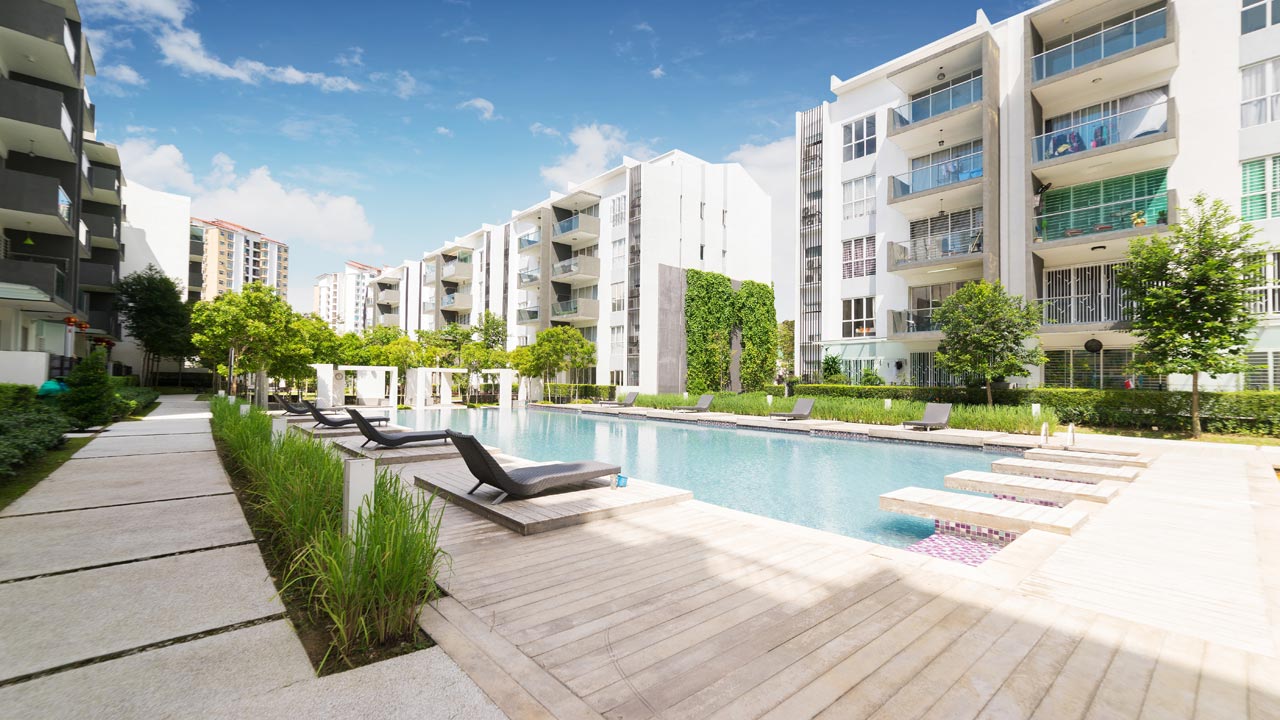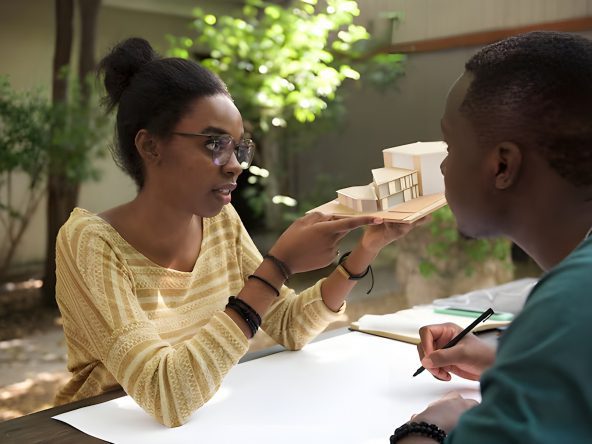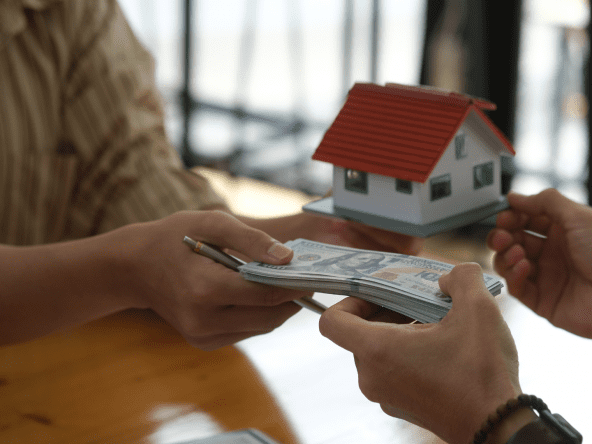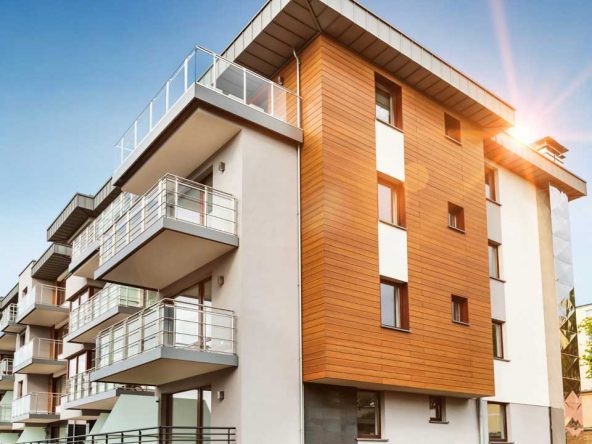Kenya is experiencing a powerful shift toward sustainable building design, with green architecture rapidly gaining traction in the real estate market. Sustainable buildings offer a range of benefits, from lowering operational costs to boosting property value, while contributing to environmental resilience. This newsletter delves into the foundations of sustainable design, its various benefits, and its impact on Kenya’s growing real estate sector, setting the stage for a future where Kenya’s built environment is in harmony with nature.
What is Sustainable Building Design?
Sustainable building design emphasizes a holistic approach to construction that minimizes environmental impact throughout a building’s lifecycle. This process involves using eco-friendly materials, enhancing energy and water efficiency, and designing spaces that align with nature. The goal is to construct buildings that require fewer resources, generate less waste, and ultimately foster a healthy living environment for occupants—all while promoting Kenya’s broader environmental and economic goals.
This sustainable approach not only aligns with global environmental targets, such as reducing carbon emissions, but it also suits Kenya’s specific climate and resources. Sustainable architecture can help cities withstand extreme weather events and support Kenya’s push toward economic resilience.
Types of Green Building Practices in Kenya
- Energy Efficiency:
Renewable energy solutions like solar panels are particularly suited to Kenya’s sunny climate, reducing dependency on nonrenewable energy. Passive design techniques, such as orientation, shading, and natural ventilation, also contribute to reducing cooling and heating requirements. Improved insulation, energy-efficient lighting, and smart energy management systems further lower the overall carbon footprint and utility costs. - Water Efficiency:
Water is a vital resource in Kenya, and sustainable design focuses on maximizing its use while minimizing waste. Techniques such as rainwater harvesting, greywater recycling, and low-flow fixtures help conserve water, allowing buildings to function efficiently while reducing demand on local water resources. Incorporating drought-tolerant landscaping and smart irrigation systems can also contribute to water efficiency, particularly in drier regions. - Sustainable Materials:
Using locally sourced, renewable, or recycled materials helps reduce the environmental impact of construction. In Kenya, materials like bamboo, reclaimed wood, recycled metal, and compressed earth blocks are popular options for eco-friendly construction. These materials are sustainable and support local industries and reduce reliance on imported building products, which can have a large carbon footprint. - Indoor Environmental Quality:
Sustainable buildings prioritize indoor air quality, natural light, and proper ventilation, which all contribute to a healthier environment for occupants. The use of non-toxic paints, low-VOC (volatile organic compound) materials, and other eco-friendly finishes reduces exposure to harmful chemicals. Access to natural light and views of nature enhance mental and physical well-being, promoting a healthier, more productive living or working environment.
Key Benefits of Green Buildings
- Environmental Impact:
Sustainable buildings are designed to have a minimal environmental footprint, reducing greenhouse gas emissions, energy consumption, and waste. By embracing green architecture, Kenya can play a significant role in combating climate change and preserving biodiversity. - Cost Savings and Economic Efficiency:
Although the initial costs of sustainable features may be higher, the long-term savings on energy, water, and maintenance costs offer significant financial benefits. Over time, energy-efficient buildings reduce utility bills, providing a return on investment that can make green buildings economically viable and attractive to investors. - Health and Wellness:
Green buildings promote healthier living environments through improved indoor air quality, natural ventilation, and access to sunlight, benefiting occupants’ overall health and well-being. Studies show that sustainable buildings improve mental health, productivity, and reduce respiratory and other health issues. - Increased Property Value:
Sustainable properties are increasingly in demand as eco-conscious buyers and renters look for buildings that align with their values. In Kenya, buildings with sustainable certifications or green features can command higher rental and sale prices, making them a smart investment.
Challenges and Opportunities in Kenya
While sustainable architecture may involve higher upfront costs, the benefits of green buildings make this approach increasingly popular in Kenya. Developers and investors who prioritize green design contribute to sustainable urban growth, positioning themselves at the forefront of Kenya’s shift toward environmentally conscious construction. As green building practices continue to expand, they pave the way for Kenya to foster a greener, more resilient future that benefits both people and the planet.
By embracing sustainable building design, Kenya’s real estate sector can drive a positive environmental impact, economic savings, and improved quality of life—showcasing a model for the rest of Africa and beyond.
Disclaimer:
Please note that the information provided in this article is for general informational purposes only and should not be construed as legal advice. It is always advisable to consult with a qualified legal professional to discuss your specific circumstances and obtain tailored legal counsel.





